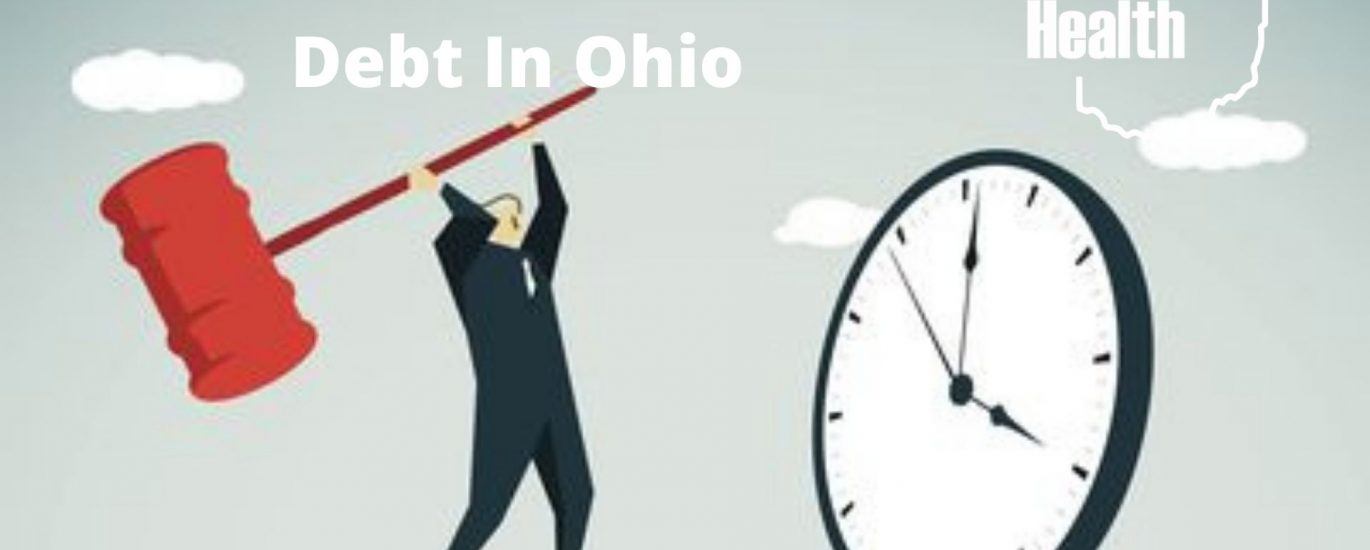Many people have trouble paying bills from time to time as they do not have enough money due to various life circumstances. However, they often wonder what is the statute of limitations for collecting debt in Ohio. In fact, it is rather difficult to answer this question unambiguously, since for most debts the term is 6 years, but this does not mean at all that after that the debt will disappear. If the outstanding debt is valid, then you will still need to pay it off despite the amount of time that has passed since it. But why, then, is there a need for statute of limitations at all? It limits the time during which a collector can sue for debt collection. Thus, it is not worth waiting for the debt to disappear, as this will not happen.
It is also important to note that even law-abiding citizens sometimes have more debts than they can pay. Thus, if you also find yourself in a similar situation, then it is important to understand that you are not alone. So if you are currently experiencing difficulties and cannot pay your monthly bills, then you need to consider the various options that you can use.
What Types Of Debt Can Or Cannot Be Repaid Through Bankruptcy?
Explore the basic list of debts Americans face and see if bankruptcy can help you get rid of a particular debt. While credit card debt can most often be paid off through bankruptcy, student loan debt cannot.
Statue Of Limitations For Collecting A Debt In Ohio During Bankruptcy
First of all, you should pay attention to the fact that the Ohio statue of limitations for collecting a debt does not affect the outcome of the bankruptcy. Thus, the types of debts that may or, on the contrary, cannot be repaid in bankruptcy remain the same regardless of the statute of limitations. Yes, it is true that many types of consumer debt can indeed be liquidated through bankruptcy, but not all.
What Types Of Debt Can Or Cannot Be Repaid Through Bankruptcy?
• Credit card debt. Many people face credit card debt from time to time. Most often this is due to the fact that interest rates may increase and the cardholder may find out about this rather late, since he has several cards. You should be aware that most credit card debts can be paid off through bankruptcy, but there is one important point that you should pay attention to. For a few months after filing for bankruptcy, you shouldn’t shop with your credit cards and don’t accumulate debt.
• Student loan debt. Unfortunately, many Americans have a huge Student Loan debt, so they want to know if it can be repaid through bankruptcy. Unfortunately, in most cases, this is not possible. Even if you declare yourself bankrupt, the debt will remain and you will still be responsible for it. Thus, be careful, as at the moment you most likely will not have the opportunity to cover the debt through bankruptcy.
• Medical debt. Of course, no one is immune from illness or an emergency where medical treatment is urgently needed. Of course, such situations affect the rapid accumulation of medical bills, which can be very difficult to pay off. Moreover, many people decide to go bankrupt precisely because of the large number of medical bills that cannot be paid. Fortunately, most of the medical debt can be paid off through bankruptcy, so you can look into this option if you find yourself in medical debt.
Important! If you are wondering how long can debt collectors try to collect or what is the statute of limitation debt, you would be better off contacting a lawyer in Ohio who can look into your situation and provide solutions. Since the statute of limitation debt is usually 6 years old, there is no need to wait. You need to act and solve the problem in order to continue to live without fear.

